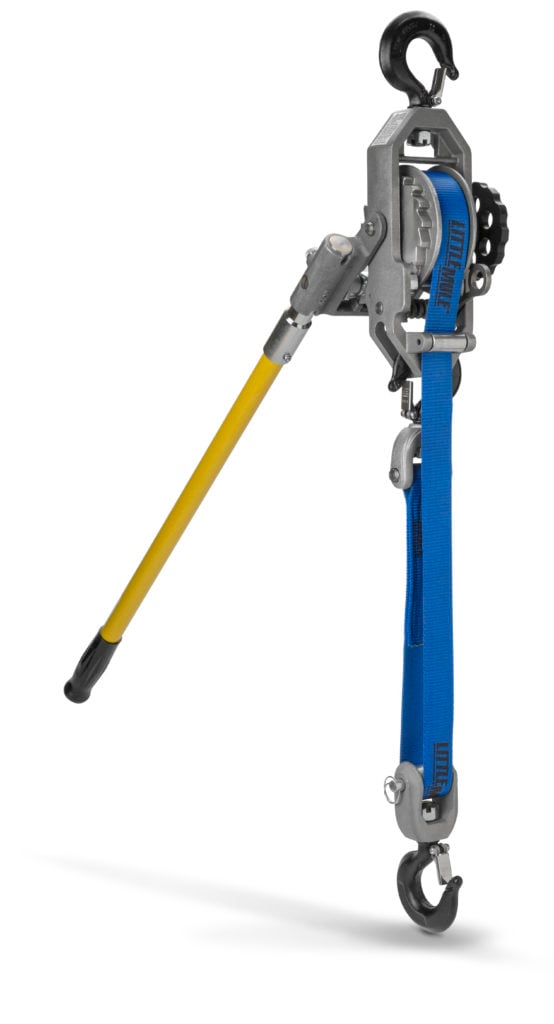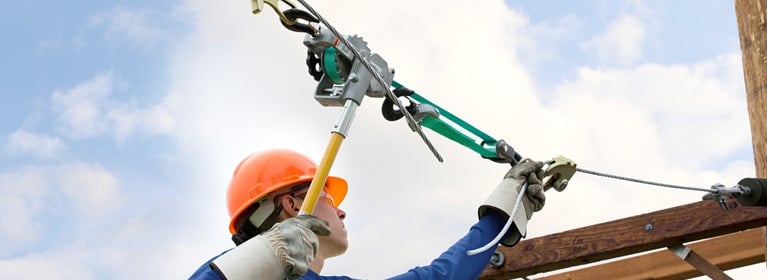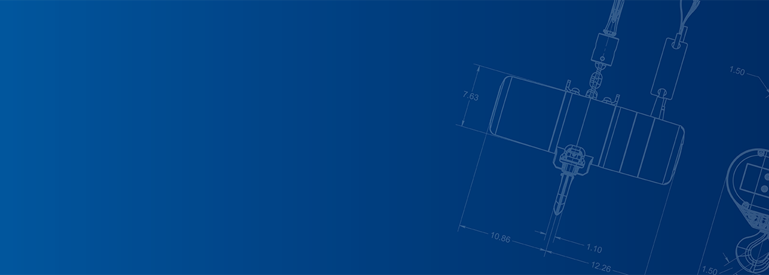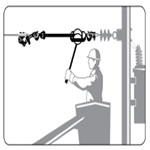How to Inspect Your Lever Strap Hoist
Featuring the Little Mule 344C Lineman's Strap Hoist
Power and Utilities |
Hoisting & Lifting Equipment |
Inspection & Maintenance |
By Henry Brozyna |
Jun 08, 2020

Columbus McKinnon would like to thank the utility crews working tirelessly through this pandemic to keep vital services running. Thank you for what you do now and always, to keep the power on and the world connected.
A Guide to Inspecting Your Lever Strap Hoist
When it comes to lever hoists, utility professionals rely on a variety of different hoists to get the job done. One of the most popular hoists for utility applications is the lever strap hoist. When using a lever strap hoist, it’s important to inspect it regularly to prevent accidents or product failures. These inspections are broken down into frequent and periodic inspections.
Frequent Hoist Inspections for Your Lever Strap Hoist
Frequent inspections are what we refer to as pre-operational inspections. In addition to these inspections, visual observations should be conducted during regular service of these hoists to check for any damage. Any deficiencies should be carefully examined and a determination made as to whether they constitute a hazard.
During the inspection, check the following:
- All functional operating mechanisms for maladjustment interfering with proper operation
- Hooks and latches for deformation, chemical damage, cracks and wear
- Hook latches for proper attachment and operation
- Levers for bends, cracks or other damage
- Damage to the support of the hoist
The web strap should be visually inspected at the beginning of each shift to identify any major damage that could cause an immediate hazard, such as melting or charring, weld splatter, broken stitching, damaged eyes, etc.
Download the Inspection Checklist Here.
Periodic Hoist Inspections
Periodic inspections are thorough, detailed inspections that may require complete disassembly of the hoist.
These should be performed by an appointed person. These inspections should include:
- A designated person determining whether conditions found during the inspection constitute a hazard and if disassembly is required
- Checking fasteners for evidence of loosening
- Checking the web strap, suspension frame, levers, yokes, shafts, pins, rollers and locking/clamping devices for evidence of wear, corrosion, cracks and distortion
Special care should be taken when inspecting sections of the web strap for rapid deterioration, including sections:
- In contact with saddles, equalizer sheaves or other sheaves where web strap travel is limited
- At or near the ends where broken threads or cuts may be evident
- Subject to reverse bends that are normally hidden during visual inspection, such as sections passing over sheaves
Download the Inspection Checklist Here.
Download Your Lever Strap Hoist Inspection Checklist
Columbus McKinnon's trainers have put together an easy-to-follow checklist for inspecting your lever strap hoist.
Related Articles
To keep your wire grips in good working condition, it's important that you properly clean, lubricate and inspect your wire grips on a regular basis.
Rigging |
Power and Utilities |
Jun 30, 2020
Whether dead-ending or splicing lines, safety is of utmost importance.
Rigging |
How To's |
Safety and Training |
Power and Utilities |
Jan 11, 2018
North America - EN








